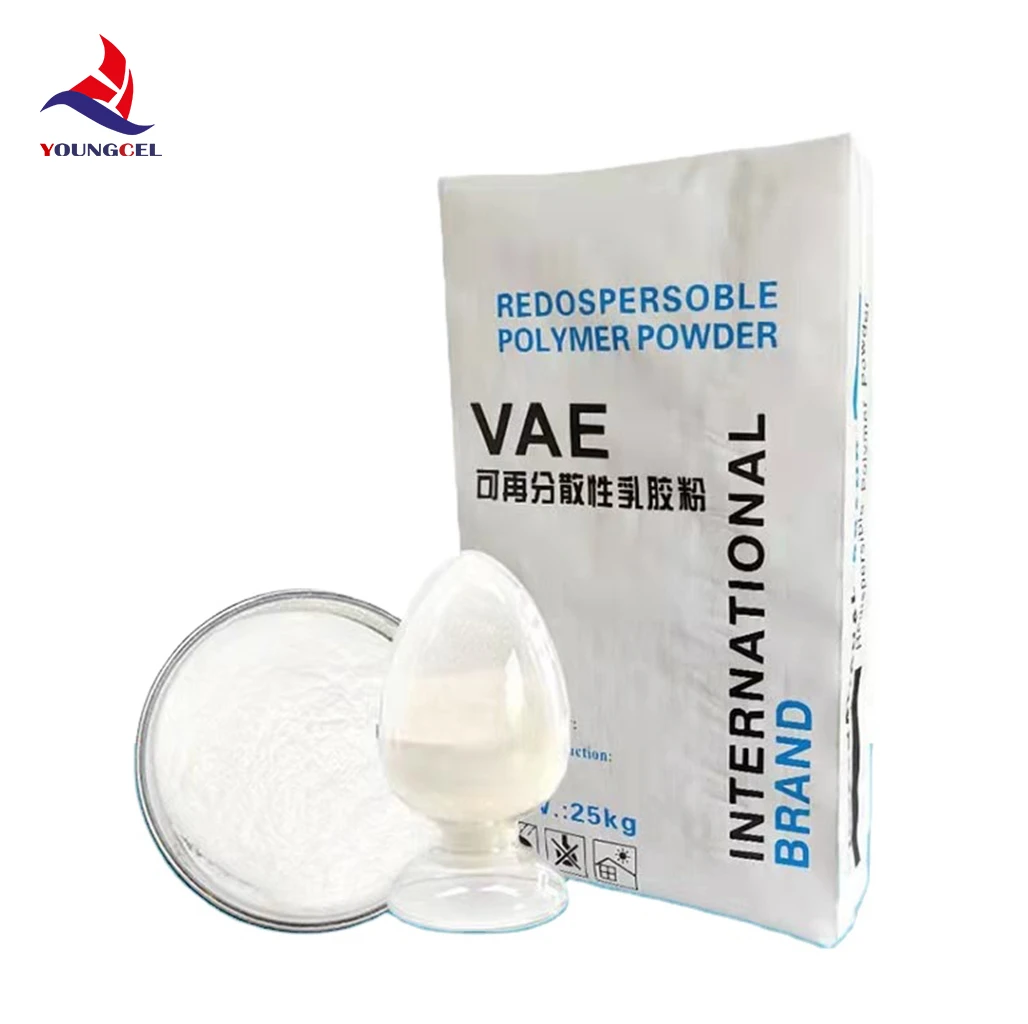China HPMC Manufacturer A Comprehensive Overview
Hydroxypropyl Methylcellulose (HPMC) has become an indispensable ingredient in various industries, ranging from construction to pharmaceuticals. Known for its unique properties, such as water retention, adhesion, and film-forming capabilities, HPMC is primarily derived from cellulose and modified for enhanced performance. As the world's largest producer of HPMC, China has emerged as a significant player in this specialized manufacturing sector, catering to both domestic and international markets.
The HPMC Manufacturing Process
The process of manufacturing HPMC involves several key steps, including cellulose extraction, modification, and formulation. Initially, cellulose is derived from natural sources, such as cotton or wood pulp. The extracted cellulose undergoes a series of etherification reactions using propylene oxide and methyl chloride, resulting in the formation of hydroxypropyl and methyl groups. This chemical modification process elevates the solubility of cellulose in water, transforming it into HPMC.
Chinese manufacturers emphasize quality control and adherence to strict international standards. Many factories employ advanced technology and automated systems to ensure consistent product quality. Regular testing and analysis are carried out to verify the physical and chemical properties of HPMC, ensuring that it meets the diverse requirements of various industries.
Applications of HPMC
China’s HPMC has a wide range of applications across multiple sectors
1. Construction Industry One of the most significant applications of HPMC is in construction materials, particularly in cement-based products like mortars, plasters, and tile adhesives. HPMC enhances workability, improves water retention, and promotes adhesion. Moreover, it allows for extended open time, making it easier to apply and adjust during construction processes.
2. Pharmaceuticals In the pharmaceutical industry, HPMC serves multiple roles, including as a binding agent in tablet formulations, a thickening agent in suspensions, and a film-forming agent in controlled-release formulations. Its biocompatibility and non-toxic nature make it an ideal choice for various pharmaceutical applications.
3. Food Industry HPMC is utilized as a food additive, enhancing the texture and consistency of products such as sauces, dressings, and dairy items. It acts as a stabilizer, emulsifier, and thickener, improving the overall quality of food products without altering their flavor.
china hpmc manufacturer

4. Cosmetics and Personal Care In cosmetics, HPMC is often used as a thickening agent and provides a smooth consistency in formulations. It is commonly found in creams, lotions, and gels, contributing to their desirable texture and performance.
The Competitive Landscape of HPMC Manufacturers in China
China boasts numerous HPMC manufacturers, ranging from large-scale industrial operations to specialized producers. Among the esteemed manufacturers, some companies have gained a reputation for delivering high-quality HPMC products that comply with international regulations such as FDA, EMEA, and other safety standards. These manufacturers often engage in extensive research and development to innovate and enhance their product offerings.
The competitive landscape also emphasizes sustainable production practices. Many Chinese manufacturers are adopting environmentally friendly methods, utilizing renewable resources, and minimizing waste in their production processes. This shift towards sustainability resonates with global trends, as consumers and businesses increasingly prioritize eco-friendly options.
Future Trends and Challenges
The demand for HPMC is expected to grow substantially in the coming years, driven by advancements in construction techniques, an upward trend in pharmaceutical research, and increased consumer awareness regarding sustainable products. However, manufacturers in China face several challenges, including fluctuating raw material prices, stringent regulatory requirements, and competition from international suppliers.
To stay ahead in this competitive environment, Chinese HPMC manufacturers must focus on innovation, quality improvement, and sustainability. Collaborations with research institutions can also foster advancements in HPMC applications, thus meeting the evolving needs of diverse industries.
Conclusion
The emergence of China as a leading HPMC manufacturer has reshaped the landscape of various industries worldwide. With a commitment to quality, innovation, and sustainability, Chinese manufacturers play a crucial role in meeting the increasing global demand for HPMC-based products. As industries continue to evolve, the importance of high-quality HPMC will only continue to rise, solidifying China's position as an essential player in the global market.
-
Rdp that The Revolutionary Polymer Powder Transforming Modern Construction MaterialsNewsAug.11,2025
-
Hpmc Powder that Versatile Additive for Detergents and Personal CareNewsAug.11,2025
-
Hpmc Hydroxypropyl Methylcellulose that Essential Building Material Additive from Shijiazhuang Gaocheng YongfengNewsAug.11,2025
-
Hydroxypropyl Methyl Cellulos Hpmc that Essential for Construction ApplicationsNewsAug.11,2025
-
Mhec Powder that Revolutionizing Construction Chemistry with Cellulose Ether SolutionsNewsAug.11,2025
-
Industri Hpmc that The Global Backbone of Advanced ConstructionNewsAug.11,2025




